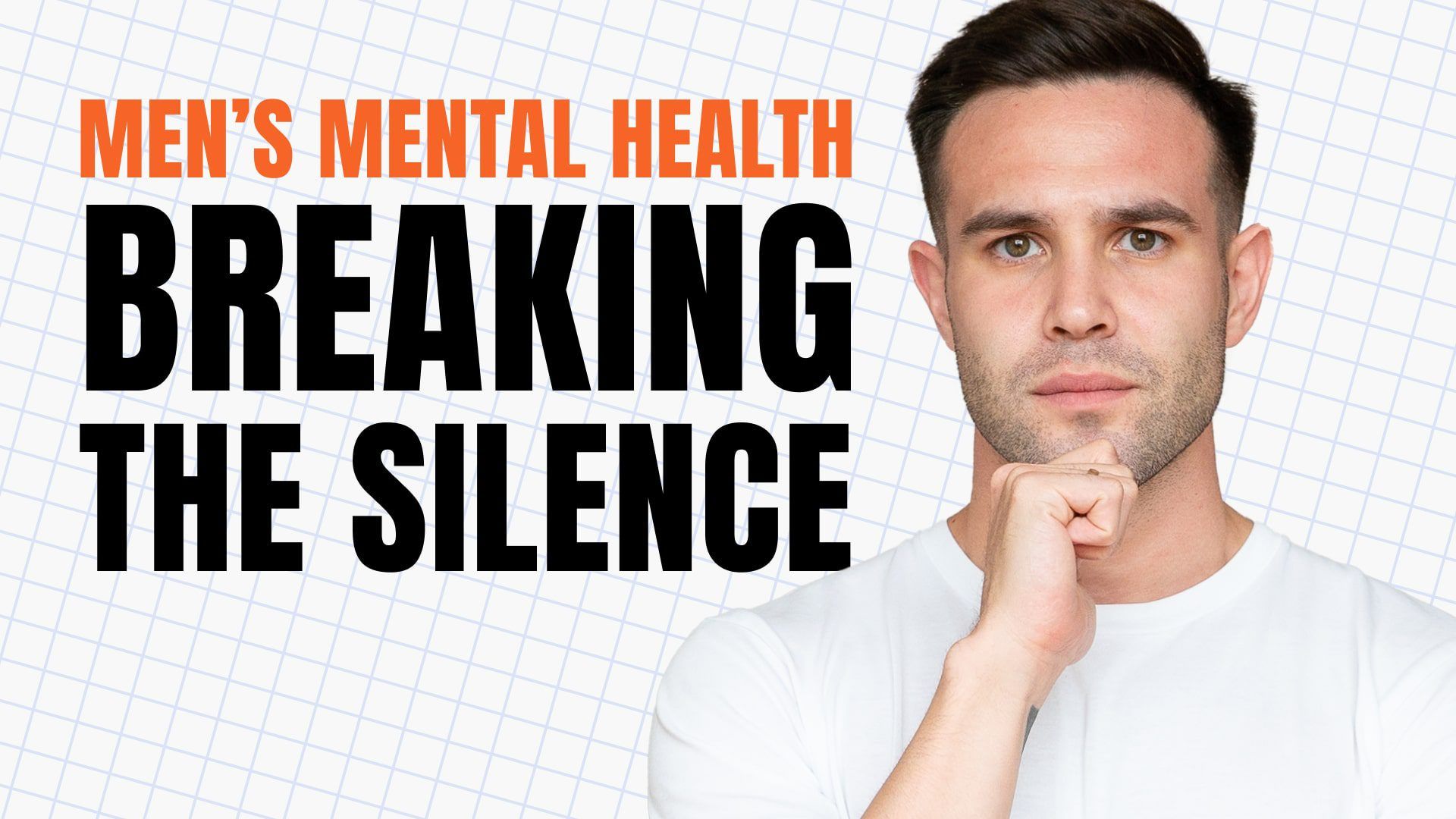Table of contents
In this article, you will learn
In this article, you will learn what human cells are and their significance in maintaining a healthy lifestyle.
We will explore the structure and function of human cells and discuss how knowledge of cell anatomy can aid in making informed health and wellness choices.
Additionally, we will examine how understanding cells can guide your nutrition, exercise, and stress management practices for better health outcomes.
Why Understanding Cells is Important for a Healthy Lifestyle
Nutrition and Cellular Health
Good nutrition is vital for cell function. Nutrients like proteins, fats, and carbohydrates are broken down into their simplest forms to be used by cells for energy and repair.
Think of nutrients as the fuel for your car; without the right fuel, your car won’t run efficiently.
Similarly, your cells need the proper nutrients to function correctly.
For instance, vitamins and minerals play crucial roles in maintaining cell health and supporting functions such as energy production, DNA synthesis, and repair.
[Insert Image: Healthy food chart showing nutrients beneficial for cell health]
Exercise and Cell Function
Regular exercise improves cellular function and promotes the efficiency of energy production in cells, particularly in the mitochondria.
Imagine mitochondria as tiny power plants within your cells.
Just like regular maintenance keeps a power plant running efficiently, regular exercise enhances the number and efficiency of mitochondria in your cells, boosting your energy levels and endurance.
Mental Health and Cell Health
Stress management is crucial, as chronic stress can lead to cellular damage.
Techniques like meditation and mindfulness can help maintain cell health by reducing stress levels, decreasing the production of harmful stress hormones and oxidative stress.
Think of stress as a storm that can damage a well-constructed house over time. Managing stress is like reinforcing and protecting the house to ensure it remains strong and intact.
What Are Human Cells and Why Are They important?
Human cells are all living organisms’ basic structural, functional, and biological units.
They play a crucial role in maintaining the body’s overall health by performing various essential functions.
Cells make up tissues and form organs and systems within the body.
Every activity your body performs, from digesting food to thinking and moving, involves cells.
Cells are fundamental not just because they are the smallest unit of life but also because they carry out life-sustaining tasks.
Without healthy cells, tissues and organs cannot function properly, leading to various health issues.
Understanding cells is essential for grasping how our bodies work and making informed health and wellness decisions.
How Cells Affect Your Health
Cells are involved in every aspect of the body’s functioning. They metabolize nutrients, convert them into energy, and carry out specialized functions to keep the body running smoothly.
For example, muscle cells contract to enable movement, while nerve cells transmit signals throughout the body.
By understanding cells, you can make better nutrition, exercise, and overall wellness decisions.
For instance, knowing that certain nutrients are crucial for cell membrane integrity can guide your dietary choices.
Similarly, understanding how exercise affects cellular energy production can motivate you to stay active.

Anatomy and Functions of Human Cells
Cell Membrane
Structure: The cell membrane is a protective barrier that surrounds the cell. It is composed of a phospholipid bilayer with embedded proteins and cholesterol.
Function: The cell membrane regulates what enters and leaves the cell, maintains the cell’s internal environment, and facilitates communication and signaling between cells.
Think of it as a security gate that ensures only the right substances get in and out, maintaining a balanced internal environment.
Cytoplasm
Structure: The cytoplasm is a gel-like substance within the cell, containing all organelles and cell parts.
Function: It supports and suspends these organelles and is the site of numerous cellular processes. The cytoplasm plays a role in maintaining cell shape and consistency.
It is vital for cellular activities such as growth and replication. It’s like the jelly in a jelly-filled donut, holding everything in place.
Nucleus
Structure: The nucleus is the cell’s control center, encased in a nuclear envelope and containing the cell’s DNA.
Function: It regulates gene expression and mediates DNA replication during the cell cycle, ensuring that genetic information is accurately passed on during cell division.
Think of the nucleus as the cell’s brain, directing all activities and ensuring everything runs smoothly.
[Insert Image: Diagram of the nucleus with parts labeled such as nuclear envelope, nucleolus, and chromatin]
Mitochondria
Structure: Mitochondria are double-membrane organelles known as the powerhouses of the cell.
Function: They generate most of the cell’s energy through aerobic respiration. Mitochondria also play a role in cell signaling, cellular differentiation, and apoptosis (programmed cell death).
Imagine them as power plants within your cells, constantly working to produce the energy needed for all cellular functions.
[Insert Image: Illustration of a mitochondrion with labels for inner membrane, outer membrane, and cristae]
Endoplasmic Reticulum (ER)
Structure: The ER is a network of membranes within the cell, with two types: rough ER (studded with ribosomes) and smooth ER.
Function: The rough ER synthesizes proteins, while the smooth ER is involved in lipid synthesis and detoxification processes.
The rough ER can be thought of as a factory’s assembly line where workers (ribosomes) build products (proteins), and the smooth ER as the section where chemicals are handled and refined.
Ribosomes
Structure: Ribosomes are small complexes made of RNA and proteins.
Function: They are the sites of protein synthesis, translating genetic information from the nucleus to build proteins essential for cell function and structure.
Picture ribosomes as chefs in a kitchen, assembling ingredients (amino acids) to create a finished dish (protein).
Golgi Apparatus
Structure: The Golgi apparatus consists of stacked, membrane-bound sacs.
Function: It modifies, sorts, and packages proteins and lipids for storage or transport out of the cell.
The Golgi apparatus is like a post office, packaging and labeling items (proteins and lipids) to be sent to their correct destinations.
[Insert Image: Diagram of the Golgi apparatus with labels for cis face, trans face, and vesicles]
Lysosomes
Structure: Lysosomes are membrane-bound organelles containing digestive enzymes.
Function: They break down waste materials and cellular debris, crucial in the cell’s waste disposal system.
Think of lysosomes as the cell’s recycling center, breaking down old and damaged parts so they can be properly reused or disposed of.
Conclusion
Understanding human cells is fundamental to maintaining overall health and wellness.
By recognizing the structure and functions of each cell component, you can make more informed decisions about your nutrition, exercise, and stress management practices.
This knowledge empowers you to optimize your health on a cellular level, ensuring your body operates efficiently and effectively.
Key Takeaways:
- Human cells are the basic building blocks of life, essential for all bodily functions.
- Cell membrane acts as a security gate, regulating what enters and exits the cell.
- Cytoplasm is a gel-like substance that supports and suspends organelles.
- Nucleus is the brain of the cell, directing activities and housing DNA.
- Mitochondria are the power plants generating energy for the cell.
- Endoplasmic Reticulum (ER) serves as the cell’s assembly line, synthesizing proteins and lipids.
- Ribosomes are the chefs, building proteins from genetic instructions.
- Golgi Apparatus is the post office that packages and labels proteins and lipids for transport.
- Lysosomes are the recycling centers breaking down waste materials.
For more in-depth guides and health tips, visit my blog and follow me on social media. If you have any questions, feel free to reach out!
This is a personal blog. I am not a doctor, fitness coach, nutritionist, or trained health professional. The information I share is based on my personal experience, self-research, and insights from working with health and wellness professionals. My content is for informational and entertainment purposes only and is not intended as health advice.
Always consult with your healthcare provider before making any significant changes to your health routines or treatments. I am not liable for any actions taken based on this information.
With that said, your well-being is my top priority. Stay healthy and take care!
Credits and Team

















Leave a Reply